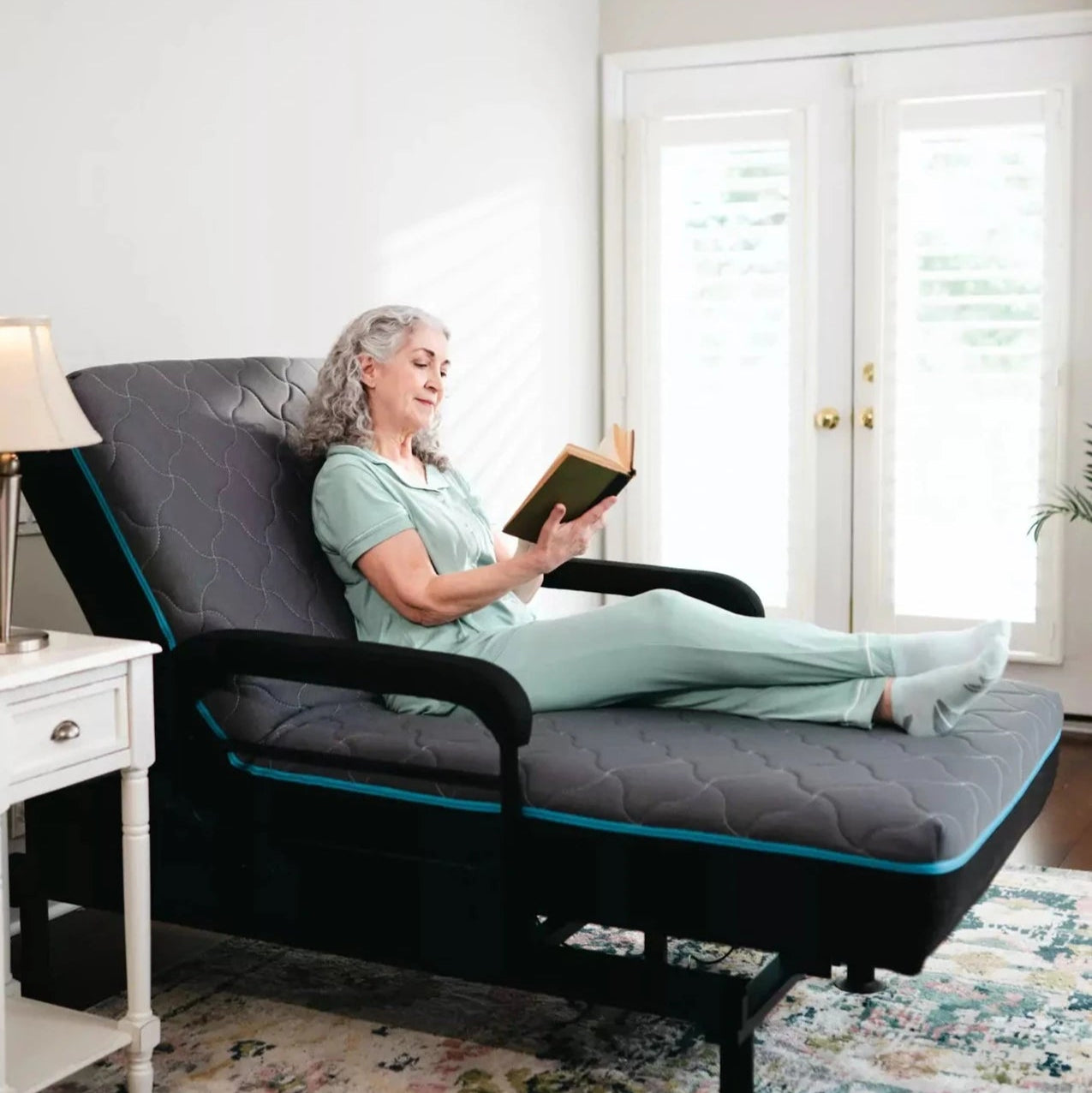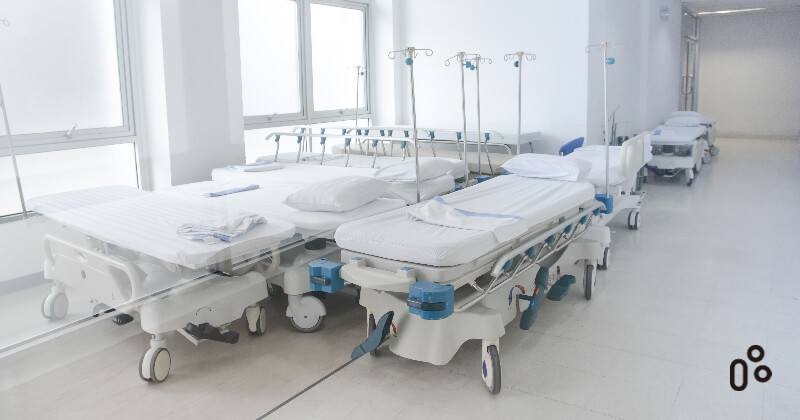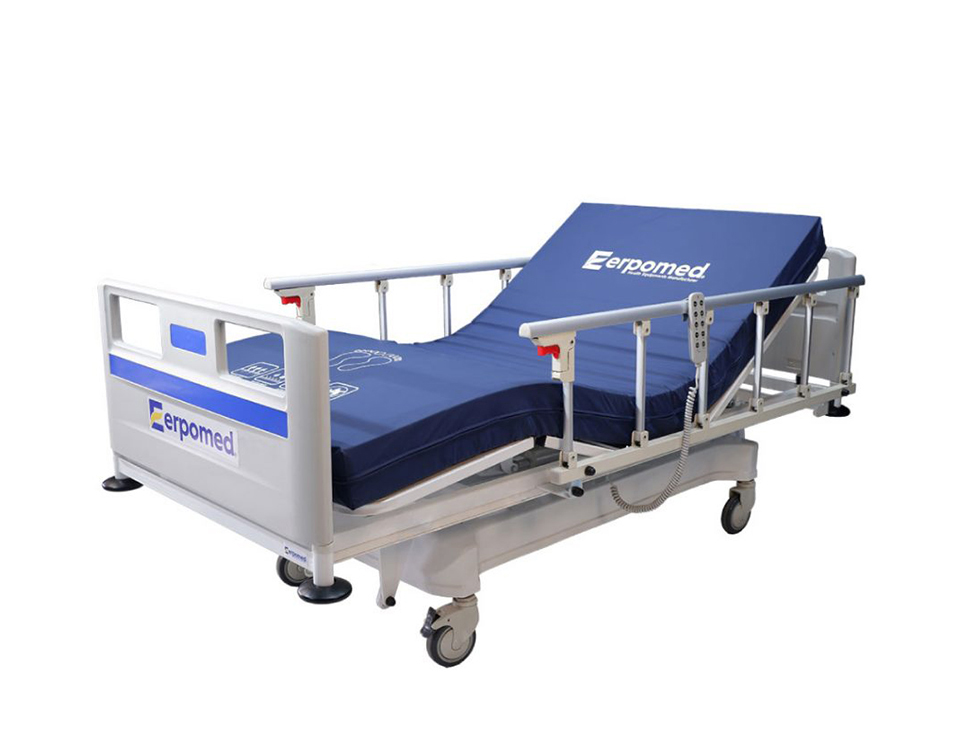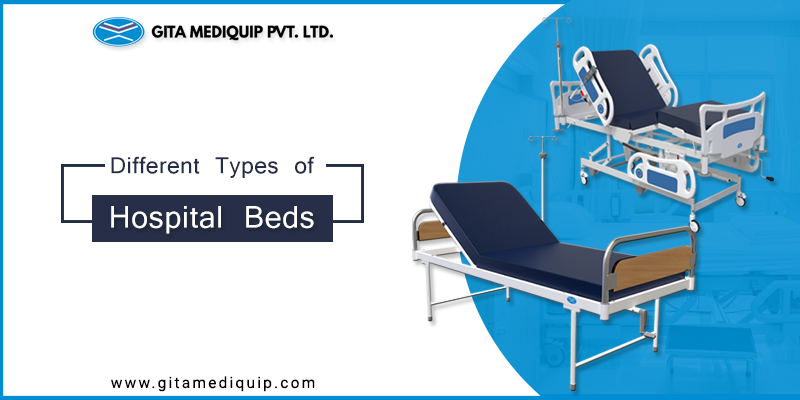See This Report about Hospital Beds For Home Use
Table of ContentsWhat Does Hospital Beds For Home Use Do?6 Simple Techniques For Hospital Beds For Home UseUnknown Facts About Hospital Beds For Home UseRumored Buzz on Hospital Beds For Home UseThe 3-Minute Rule for Hospital Beds For Home UseFascination About Hospital Beds For Home UseHospital Beds For Home Use - Truths
There are 3 major sorts of healthcare facility beds: manual, semi-electric, and fully-electric. Nonetheless, more kinds of medical beds exist and they are provided below. These beds use hand cranks to readjust the bed's height and elevate and reduce the head and the foot. Hand cranks are generally located at the foot of the bed and require an individual that is physically efficient in operating.
Semi-electric beds have an electrical motor to elevate and reduce the head and foot sections of the bed (hospital beds for home use). Full-electric beds have an electrical motor that can increase the head and foot areas of the bed as well as the whole elevation and positioning of the bed.
5 Simple Techniques For Hospital Beds For Home Use
There are a number of kinds of healthcare facility beds, each designed to fulfill certain patient demands. Below are some common kinds: This is the most typical kind of hospital bed, created for basic clinical usage.
Lower to the ground than a common bed. This kind of bed is developed for larger people, with a wider frame and higher weight capacity than a typical bed. This type of bed is designed specifically for children, with smaller sizes than a common bed. Special features such as complete size side rails and animation style.
This type of bed is developed for seriously unwell people that need open monitoring and specialized clinical equipment such as ventilators and infusion pumps. This type of bed is developed for usage during labor and delivery, with flexible settings and features to sustain the mother and baby throughout the birth process.
The Facts About Hospital Beds For Home Use Revealed
Several feature and the accessories perform expanding traction to various components of the vertebra and the extremities without relocating the human body. These are just a couple of examples of the sorts of hospital beds available. The details kind of bed utilized will certainly rely on the patient's problem, clinical requirements, and various other aspects.
Here is the thing you need to recognize. A one-function hospital bed is a clinical bed that enables a client to move just the head or foot section up or down. A 2 function health center bed normally refers to a sort of clinical bed that has 2 flexible functions to help people in hospitals or care centers.

More About Hospital Beds For Home Use
A 7-function ICU bed is a sort of medical bed that provides a number of flexible features to sustain critically sick people in a critical care unit (ICU) (hospital beds for home use). The 7 features typically include: Back-rest modification: The backrest can be adapted to different angles to assist the client rest up or relax easily
Height adjustment: The bed can be elevated or reduced to make it simpler for clients to enter and out of bed, and for caregivers to supply treatment. Trendelenburg position: The entire bed can be tilted to promote blood flow and flow in the body. Reverse Trendelenburg setting: The bed can additionally be slanted in the opposite instructions to advertise blood flow and circulation in the top body.
1. What Dimension is a Health Center Bed? 2. Just how much Does a Medical Facility Bed Cost? 3. Why Do Medical Facility Beds Have Side Rails? 4. What Are The Main Health Center Bed Parts?. While more budget-friendly than electrical models, these beds need physical initiative for modifications. The major advantages of hand-operated beds are their cost and integrity, as they do not rely upon electrical power. Nonetheless, the need for hands-on effort official statement can be a restriction in situations where fast changes are needed or where caretakers encounter physical obstacles.
Hospital Beds For Home Use for Beginners
They are well-suited for patients that need very little repositioning for convenience or clinical needs. Semi-electric medical facility beds provide a balance of handbook and electrical controls. The head and foot sections are usually adjusted with electric controls, while the elevation is readjusted manually. These beds supply a perfect middle ground in between handbook and fully electric choices, providing simplicity of use without the full price of electrical designs.
Semi-electric beds are appropriate for patients that require modest modifications to the head and foot areas yet can handle without frequent height changes. This makes them an affordable service for those seeking convenience and ease without the requirement for continuous repositioning. Fully electric medical facility beds feature electric controls for smooth changes to the elevation, head, and foot sections.
Specialty health center beds, such as ICU beds, lasting treatment beds, and bariatric beds, are meticulously developed to resolve particular medical demands. These beds provide tailored take care of varied person groups, enhancing both results and convenience. In the complying with areas, we will certainly check out the main kinds of specialty hospital beds, outlining their details benefits and applications.
With years of experience in making electrical linear actuators - hospital beds for home use and close collaboration with the medical care industry, TiMOTION is well-positioned to give reputable medical care solutions. Our vertically integrated company handles every action of the manufacturing procedure, from style to actuator setting up, guaranteeing we provide extraordinary value and personalized remedies customized to your my company specific requirements
What Does Hospital Beds For Home Use Do?

To find out more about incorporating these technologies into your products, contact us today. More analysis:.
Data is sourced from the Medicare Cost Report.

All about Hospital Beds For Home Use
A medical facility bed is a bed made specifically for clinical purposes. It is not only a location for patients to relax, however also a system for medical procedures. Unlike common home beds, health center beds normally have flexible attributes, which can assist in clinical team to make various modifications according to the requirements of individuals, such as altering the elevation, disposition, and support angle of the back and legs of the bed.